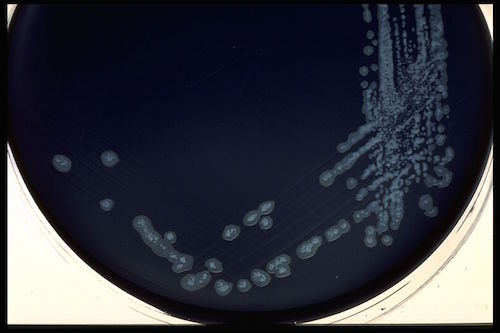Members Login

Channels
Special Offers & Promotions
Lab M

Microbiology specialist Lab M has been following the Food Standards Agency’s year-long survey of campylobacter in fresh chickens sold in the UK.
Campylobacter is the UK’s leading cause of food poisoning and the survey results published on 28 May 2015 (http://www.food.gov.uk/news-updates/news/2015/14003/campylobacter-survey-results-12months ) show that 73% of chickens tested positive for the presence of campylobacter, with one in five (19%) testing positive within the highest band of contamination .
“As a company we work closely with microbiologists in the food industry and fully support all efforts to reduce the prevalence of campylobacter in UK food,” said Ian Morris, Managing Director of Lab M. “We are committed to providing a suite of reliable, high quality microbiological culture media, supplements and tests for the isolation and detection of campylobacter in order to support retailers and food processors as they strive to reduce its incidence.”
A reliable toolkit for testing is critical and Lab M offers an extensive range of media for campylobacter detection and isolation that also support the three methods set out in the draft ISO/DIS 10272-1 Microbiology of food and animal feed - Horizontal method for detection and enumeration of Campylobacter - Part 1: Detection method.
The draft standard was issued in February 2015 and describes the use of: Bolton Broth for samples with low background flora, such as cooked meats; Preston Broth for low campylobacter levels in the presence of high background flora, including raw meats and raw milks; and direct mCCDA , a Campylobacter Blood-Free Selective medium, for instances where numbers of campylobacter are high, in samples such as faeces or raw poultry meat.
Lab M’s portfolio for campylobacter testing encompasses Campylobacter Blood Free Selective Medium (Modified CCDA), which supports the growth of most enteric campylobacters, Campylobacter Enrichment Broth (Bolton Formulation) for selectively enhancing the recovery of sub-lethally damaged organisms, and Preston Broth for highly contaminated samples. Completing the range this summer will be Exeter Broth, the preferred choice in many research institutes and some laboratories depending on sample type and workflow.
Media Partners


